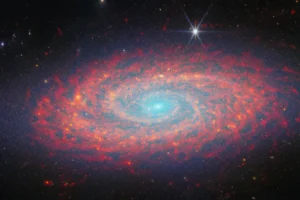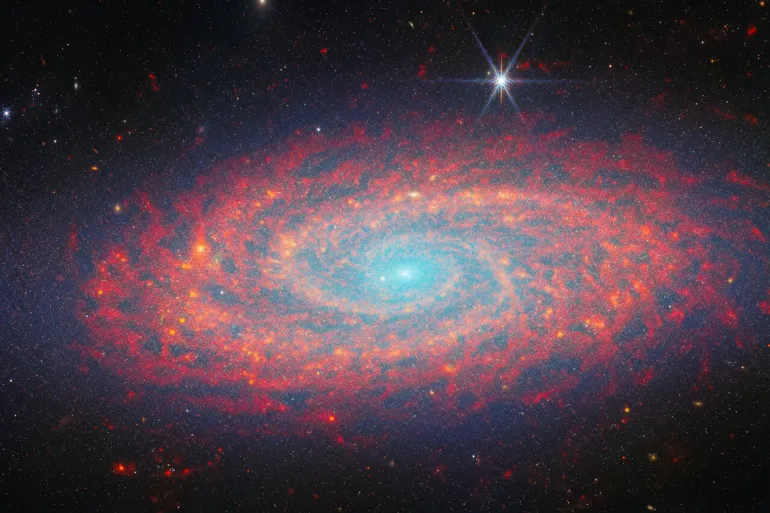
Astronomers have found the clearest evidence yet that life might exist beyond the solar system, from the atmosphere of a planet 124 light years away from Earth, setting off rare excitement – tinged with caution – in the global scientific community.
Using the James Webb Space Telescope, researchers led by astronomers at the University of Cambridge in the United Kingdom have found chemical signatures of two compounds that on Earth are only produced by living creatures.
“These are the first hints we are seeing of an alien world that is possibly inhabited,” Nikku Madhusudhan, an astronomy professor at Cambridge and the lead researcher behind the discovery, told reporters at a media briefing on April 15. “This is a revolutionary moment.”
So where is the planet that might possibly host life, what evidence have scientists found, and is there reason for scepticism?
Where did the scientists find this evidence?
The researchers relied on data captured by NASA’s James Webb telescope, which was carried into outer space in 2022, and sits about 1.5 million kilometres (930,000 miles) away from Earth, as humanity’s watchtower peering into the universe.
They focused on one particular planet, K2-18b, because it had already shown promising signs as a candidate extraterrestrial body with conditions similar to those on Earth.
K2-18b lies in a constellation called Leo, and is so far away from Earth that a spaceship would need to travel for 124 years at the speed of light to get there. In reality, it would take much, much longer since the laws of physics don’t allow anything other than light to travel that fast.
The planet is 8.6 times heavier than Earth, and 2.6 times as large. Critically, it sits in what is known as the “Goldilocks Zone” of its sun: that’s the region around a star where a planet’s temperature could, in theory, support water in its liquid form on the surface.
In 2023, Cambridge astronomers found methane and carbon dioxide in the atmosphere of the planet.
That was the first time that carbon-based molecules had been discovered in the atmosphere of any planet in the habitable zone of its sun – the distance from a sun where it’s neither too hot, nor too cold, and so possible for life to survive. The scientists said that a surface covered first by an ocean, and then a hydrogen-rich atmosphere, would explain the presence of carbon-based molecules. Simply put, it was possible that the planet could have water.
What have the scientists found now?
Researchers have now found much harder evidence suggesting that the planet might not only have the conditions to host life – but could, at least in theory, be hosting life itself.

